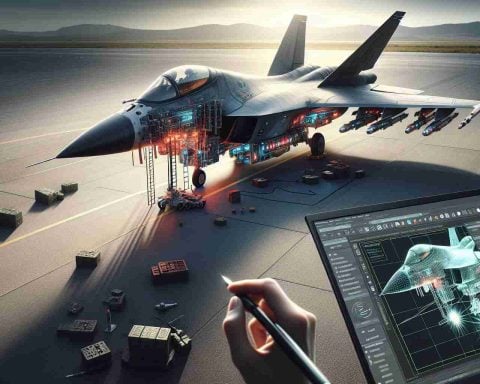Military jets are marvels of modern engineering, capable of reaching astonishing speeds that are crucial for defense and strategic operations. But just how fast can these powerful machines fly?
The speed of a military jet depends on its type and purpose. The legendary SR-71 Blackbird, a Cold War-era reconnaissance aircraft, holds the record as the world’s fastest jet aircraft. It could cruise at speeds over 2,200 miles per hour (Mach 3.3), quickly traversing hostile territories while evading enemy radar. This incredible speed allowed the SR-71 to outrun surface-to-air missiles, making it an invaluable asset for surveillance missions.
Another notable example is the F-22 Raptor, a fifth-generation fighter jet developed by the United States. It can reach speeds of around 1,500 miles per hour (Mach 2.25). The F-22 combines speed with advanced stealth technology, giving it a significant edge in aerial combat.
The Eurofighter Typhoon, used by several air forces around the world, can also attain speeds of up to 1,550 miles per hour (Mach 2). Its agility and speed make it a versatile platform for various combat scenarios.
Understanding the speeds of military jets is not just about numbers but about their role in national security. These jets must balance speed, stealth, and maneuverability, with each factor tailored to meet specific mission requirements. As technology advances, who knows how much faster these incredible machines could soon become?
The Hidden Costs of Lightning-Fast Military Jets: What You Didn’t Know
Military jets, with their astounding speeds, play a pivotal role in modern defense, but their impact goes beyond the battlefield. These high-speed marvels influence economies, geopolitics, and even environmental policies in surprising ways.
Economic Impact: From Development to Deployment
The development of military jets is an economic juggernaut, often costing billions. For instance, the F-35 fighter jet program, which includes the speedy F-35 Lightning II that can exceed 1,200 miles per hour (Mach 1.6), is projected to cost over $1.5 trillion over its lifetime. Such expenditures are a double-edged sword: they drive technological advancement and job creation but can also strain national budgets. This raises questions about financial prioritization, especially in nations with pressing social needs.
Environmental Concerns: Speed vs. Sustainability
While the military may prioritize jet speed, there are increasing concerns about their environmental footprint. High-speed jets consume vast amounts of fuel, contributing to significant carbon emissions. This presents a paradox as nations strive to meet stringent environmental policies while maintaining robust defense capabilities.
Geopolitical Tensions: Arms Race Escalation
Faster jets can exacerbate military buildups, prompting strategic competition between global powers. As countries race to develop faster, more capable aircraft, this dynamic can fuel tensions rather than promote security.
Is Faster Always Better?
The rapid speeds of military jets pose questions about future technological advancements. Are faster speeds sustainable, or could other factors such as automation and AI integration redefine air combat dynamics?
To explore more about cutting-edge military technology, visit Lockheed Martin and BAE Systems.























